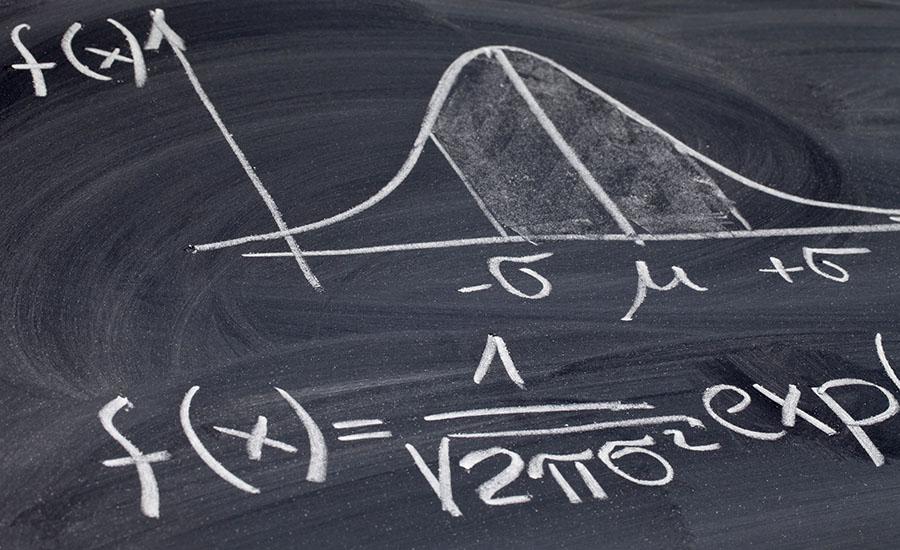
Modeling the Motion in the Ocean
In this lesson students will create a model to investigate how a location's temperature may change during an El Niño year. Students will construct landforms in a tray and then fill the tray with water. They will then use heat lamps, ice, and straws to create warm and cold currents. Students will use these currents to transfer energy from one side of the tray to another. Finally they will cover the tray and see how the currents affect the air's temperature. The goal is for students to come to the realization that winds move currents throughout the ocean and when those wind patterns change, the currents can bring colder or wamer water to a location that it does not usually travel to. This change will affect that location's temperature.
Lesson Grade Level
6th GradeLesson Plan Link/URL
https://docs.google.com/presentation/d/13udzdreHhV8BcVJBrZVFpyNjssYyO1jm/edit?u…Related Content

In this hands-on engineering and science project, students will become earthquake engineers tasked with designing and constructing earthquake-proof structures using toothpicks and mini marshmallows

In this lesson, students review key architecture components found in Ancient Greek Architecture and are challenged to create a multi-layer structure to hold their body weight. Students use the

Students will learn about the difference between potential and kinetic energy by building a ramp. Three objects will be tested down the ramp to see which one can go the farthest. Data will be